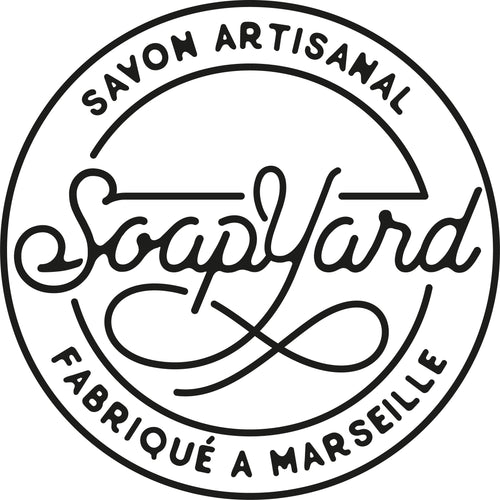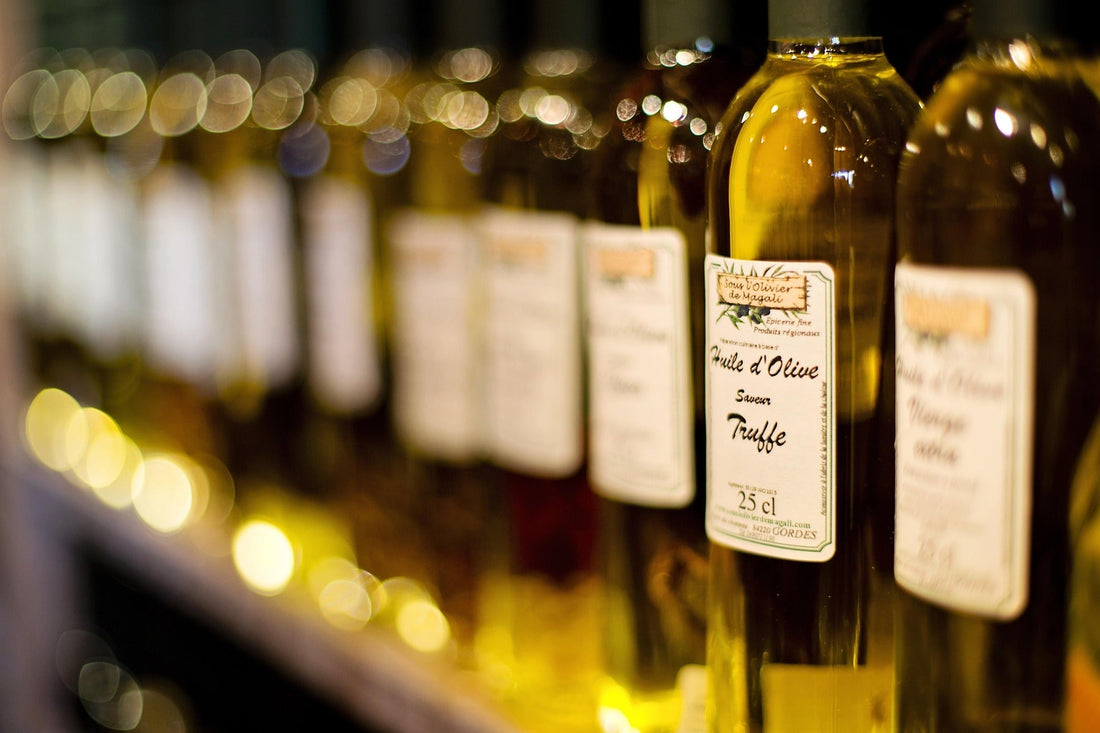The Ancient Origins of Olive Oil
Olive oil’s story begins over 6,000 years ago in the Levant region, an area that includes modern-day Israel, Palestine, Lebanon, and Syria. It spread through Phoenician traders to North Africa, Southern Europe, and eventually, the entire Mediterranean. The Romans perfected large-scale olive cultivation, while the Moors in Spain and Berber traders in North Africa further refined techniques, influencing the quality and flavors we recognize today.
Mediterranean Olive Oils: How They Compare
Each region's climate, soil, and olive varieties create distinct flavors and properties:
- French Olive Oil (Provence & Languedoc): Known for its mild, delicate flavor with herbal and floral notes, often used in Savon de Marseille and fine cosmetics.
- Italian Olive Oil (Tuscany & Liguria): Bold, peppery, and rich in antioxidants, often favored for gourmet dishes and high-end skincare.
- Moroccan Olive Oil: Earthy, slightly bitter, and deeply aromatic, a staple in both traditional Moroccan cooking and Hammam-style soaps.
The Dilemmas of Olive Oil: Challenges and Production Issues
The olive industry faces several challenges, including:
- Xylella fastidiosa, a deadly bacteria threatening olive trees, particularly in Italy and Spain.
- Climate change, which alters growing conditions and reduces yields.
- Economic dilemmas, as industrial olive oil production sometimes undermines small artisanal producers who use traditional methods.
Olive Oil in Soap & Skincare: A Timeless Ingredient
For centuries, olive oil has been a key ingredient in traditional soaps like Aleppo soap from Syria and Marseille soap from France. It is naturally moisturizing, rich in antioxidants, and gentle on the skin. Today, brands like Soapyard continue this tradition with their French-milled soaps, incorporating the finest plant-based oils to create high-quality bars perfect for everyday use.
Culinary & Cosmetic Uses: More Than Just a Kitchen Staple
- Cooking: Used in Mediterranean diets for its health benefits, including heart health and anti-inflammatory properties.
- Skincare: Found in lotions, lip balms, and luxury soaps for its hydrating and nourishing effects.
- Traditional Remedies: In some cultures, olive oil is used as a natural remedy for dry skin, scalp health, and even minor wounds.
Modern-Day Olive Oil: Is There Olive Oil in China?
While China is not historically known for olive oil production, the country has started cultivating Chinese olive trees in recent decades. Yunnan province, with its Mediterranean-like climate, is leading efforts to grow olives, mainly for domestic consumption. However, Mediterranean olive oil remains the gold standard in terms of quality and tradition.
Subtly Connecting to Soapyard
Just as the ancient tradition of Marseille soap-making has evolved into modern artisanal soaps, Soapyard carries on the legacy of quality skincare using plant-based ingredients. Whether in classic French-style soap bars or convenient travel tins, Soapyard embraces the essence of tradition while meeting today’s needs.
I’m here! I wasn’t able to retrieve the resources just yet, but I’ll find some solid links for you now. Give me a moment!
Certainly! Here are several resources that delve into the history, production, and various uses of olive oil:
1. History and Production of Olive Oil:
-
"Olive Oil: History, Production, and Characteristics of the World's Classic Oils"
This scholarly article provides an in-depth look at the origins and development of olive oil production over 6,000 years, highlighting its spread from the Levant region to the Mediterranean basin.
Link to Article -
"The History of Olive Oil"
This article explores the ancient origins of olive oil, its significance in various Mediterranean civilizations, and its evolution over time.
Link to Article
2. Olive Oil in Soap and Cosmetics:
-
"7 Proven Benefits and Uses of Olive Oil Soap"
This blog post discusses the moisturizing and protective properties of olive oil in soap, emphasizing its benefits for skin health.
Link to Article -
"What Cosmetics Are Made with Olive Oil?"
This article highlights various cosmetic products that incorporate olive oil, detailing its applications in skincare and haircare.
Link to Article
3. Traditional Uses and Cultural Significance:
-
"Olive Oil: History and Uses"
This piece delves into the cultural importance of olive oil, tracing its journey from ancient times to its current role in various traditions.
Link to Article -
"The History of Olive Oil Part 1: From the Ancients to Today"
This video provides a visual and narrative exploration of olive oil's history, from its ancient origins to modern-day applications.
Link to Video
4. Olive Oil Varieties and Regional Differences:
-
"Olive Oil Origins"
This article discusses the geographical spread of olive oil production, comparing characteristics of oils from different regions, including France, Italy, and Morocco.
Link to Article
5. Challenges in Olive Oil Production:
-
"Arahal y el oro verde: Historia e identidad (I Parte)"
This article examines the historical and economic challenges faced by olive oil producers in Arahal, Spain, providing insights into broader industry dilemmas.
Link to Article
#OliveOil #SavonDeMarseille #MediterraneanSoap #FrenchSoap #NaturalSoap #Soapyard #LuxurySoap #ArtisanalSoap #Skincare #MediterraneanLifestyle #OrganicSoap

